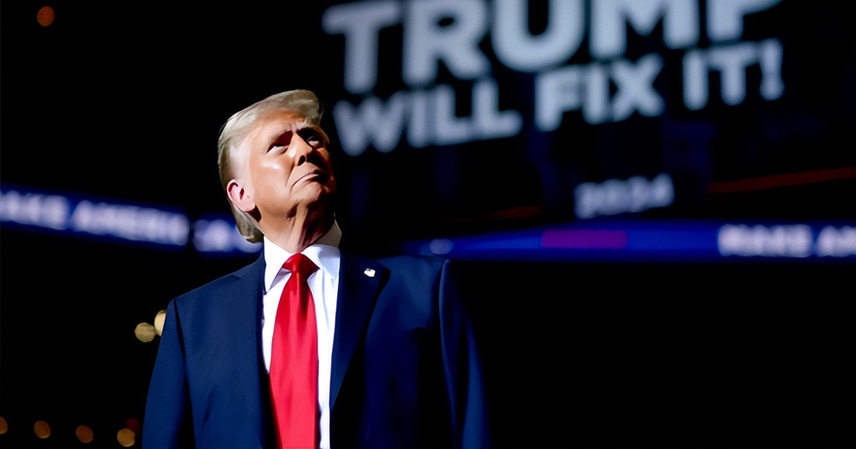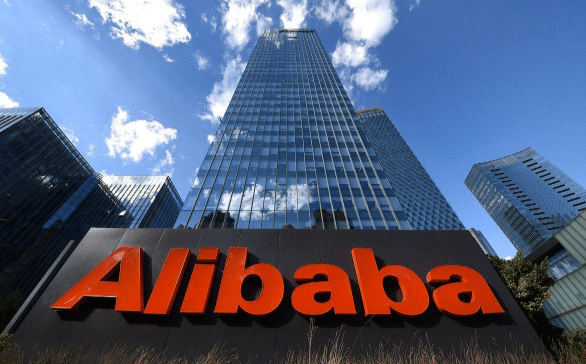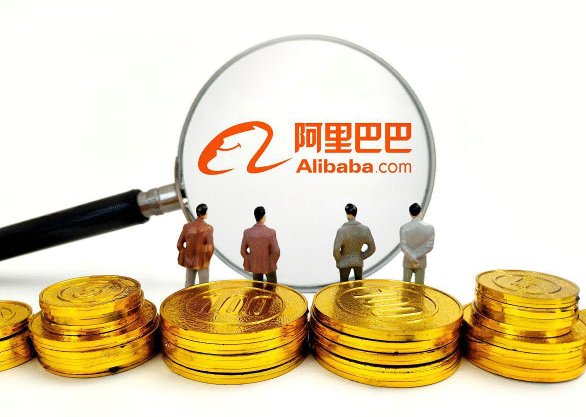On the first day of October 2025, the global economy once again focused on the escalating trade confrontation between China and the United States. The Trump administration announced that, effective immediately, it would impose a new wave of high tariffs on multiple imported goods. Among the measures: a 100% tariff on patented and branded pharmaceuticals, heavy duties on kitchen cabinets, bathroom vanities, and related construction materials, a 30% tariff on imported furniture, and a 25% tariff on all imported heavy trucks. U.S. Trade Representative Greer described this 55% average tariff level as a “good status quo,” signaling that the eight-year U.S.–China trade conflict has entered a new phase.
The “Medicine Cabinet” and the “Walls of Real Estate” Are Both Bleeding
This latest tariff round amounts to a “precision strike” against essential consumer sectors.
Take medicine, for example: 70% of pharmaceuticals in the U.S. market are imported, and 95% of active pharmaceutical ingredients (APIs) for common drugs such as ibuprofen come from China.
A 100% tariff means pharmaceutical companies will either pass costs directly to consumers or shut down entirely. Goldman Sachs projects that by late October, the share of tariff costs borne by U.S. consumers will jump from 22% to 67%, with ordinary families potentially spending hundreds of extra dollars each month on medication.

Even generic drugs—90% of U.S. prescriptions—were not spared, exposing how the policy uses public health as leverage rather than protecting domestic industry.
The real estate sector has also been hit. The U.S. slapped a 10% tariff on imported lumber and 25% tariffs on kitchen and bathroom construction materials. Yet, 70% of wood used in U.S. housing comes from Canada and China. These tariffs will drive up building costs, leading to higher home prices and rising unemployment in the construction sector. The U.S. Chamber of Commerce has warned that buyers may pay tens of thousands more for a standard home, while construction workers face layoffs.
A Legal “Waterloo” and Companies’ Strategic Maneuvers
The Trump administration did not expect that its tariff policies would immediately run into legal trouble.
On August 29, 2025, the U.S. Court of Appeals for the Federal Circuit ruled 7–4 that Trump’s so-called “reciprocal tariffs” were largely illegal, noting that the International Emergency Economic Powers Act does not give the president such authority—tariffs fall under Congress’s exclusive powers.

This was not the first time Trump had overstepped; in 2024, courts ruled his steel and aluminum tariffs against the EU unlawful. His persistence has damaged America’s rule-of-law credibility.
Meanwhile, Chinese companies have adapted with resilience. Tech giants like Huawei and ZTE accelerated investments in Southeast Asia and Latin America, setting up overseas production to bypass tariffs. Cross-border e-commerce firms shifted focus to RCEP member states, cutting costs via rules of origin accumulation.
Others deployed legal countermeasures. For instance, one Chinese medical device firm, during a U.S. Section 337 investigation, invoked the Singapore Mediation Convention to reach a technology licensing deal, avoiding long lawsuits while gaining time for transformation. Such “using rules to counter rules” tactics blunted the impact of U.S. tariffs.
The “Checkmate” of Rare Earths and a Shockwave in Global Supply Chains
China’s rare earth strategy has been called a masterstroke. In April 2025, Beijing imposed export controls on seven categories of medium and heavy rare earth products, striking at the heart of U.S. military dependence.

The U.S. defense industry is heavily reliant on rare earths: F-35 fighter jet engines and precision-guided weapons require them. Yet China controls 99% of global heavy rare earth supplies, while U.S. mines can only cover a small share of light rare earths. Worse, American processing technology is almost entirely dependent on China, and rebuilding capacity would take years and tens of billions of dollars.
The U.S. response bordered on dark comedy. Companies like MP Materials—seeking to maintain monopoly pricing—gathered evidence on smuggling routes and reported them to Chinese authorities. Their reasoning: if smuggling flourished, their stockpiled high-priced rare earths would lose value.
China Customs, acting on these reports, seized large smuggling shipments. One batch disguised as “tile adhesive” actually contained neodymium-iron-boron magnetic powder sufficient for 500 F-35 fighter components. This bizarre “shooting themselves in the foot” episode embarrassed the U.S. government.
Conclusion: No Winners in a Tariff War—Only Cooperation Brings Prosperity
The Trump administration’s tariff policies, though framed as defending U.S. interests, have instead deeply wounded the U.S. economy. Consumers face higher prices, businesses struggle with broken supply chains, and Washington grapples with legal setbacks and international criticism.
By contrast, China has effectively countered with precise retaliation, legal maneuvering, and its rare earth strategy, securing an upper hand in the standoff.
History proves that trade protectionism leads to mutual harm, while cooperation paves the way for shared growth. The hope is that Washington will eventually return to negotiations and seek a sustainable path for U.S.–China economic relations. In today’s globalized world, no country can thrive in isolation.
References
U.S. President Trump orders new tariffs on imported lumber and cabinets effective October 14



